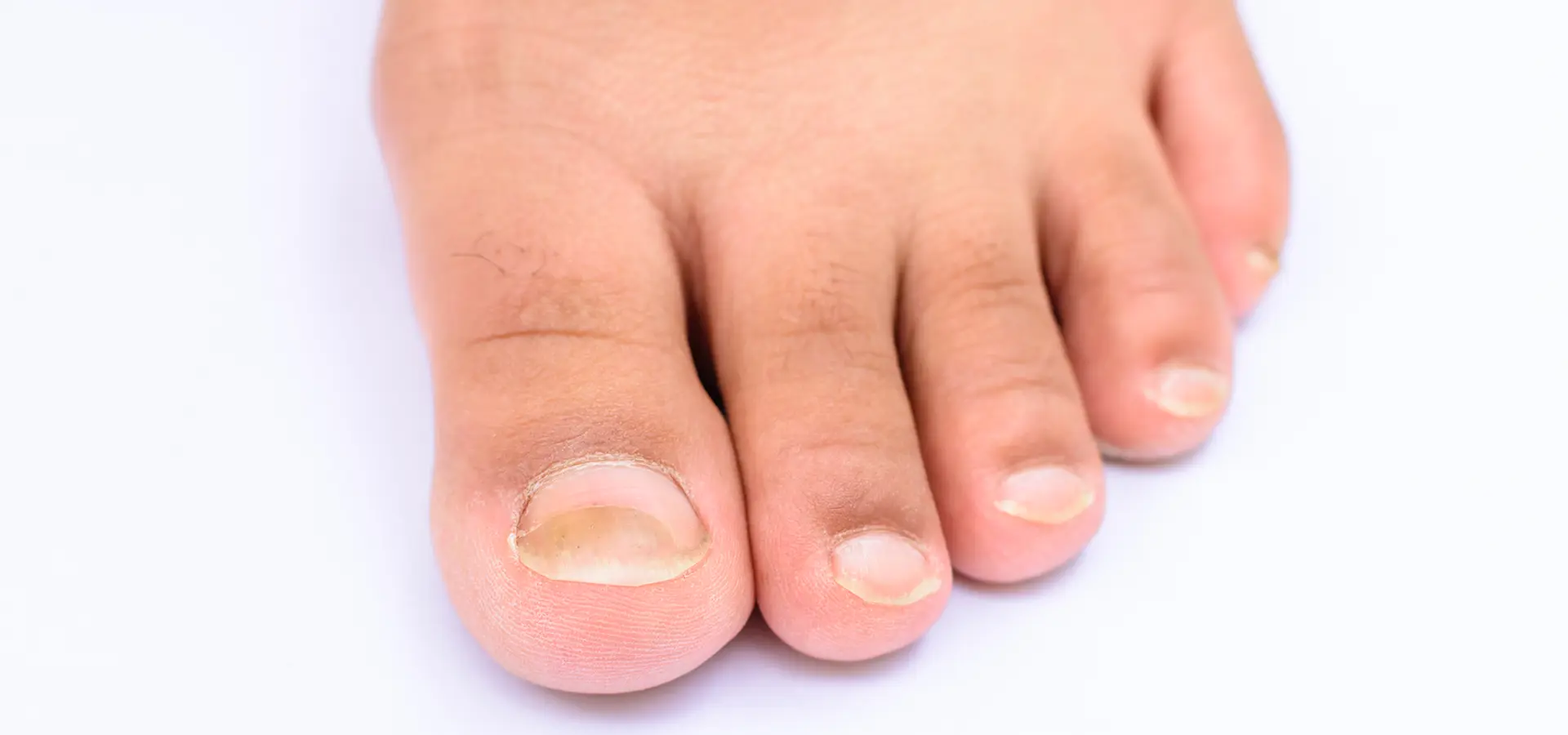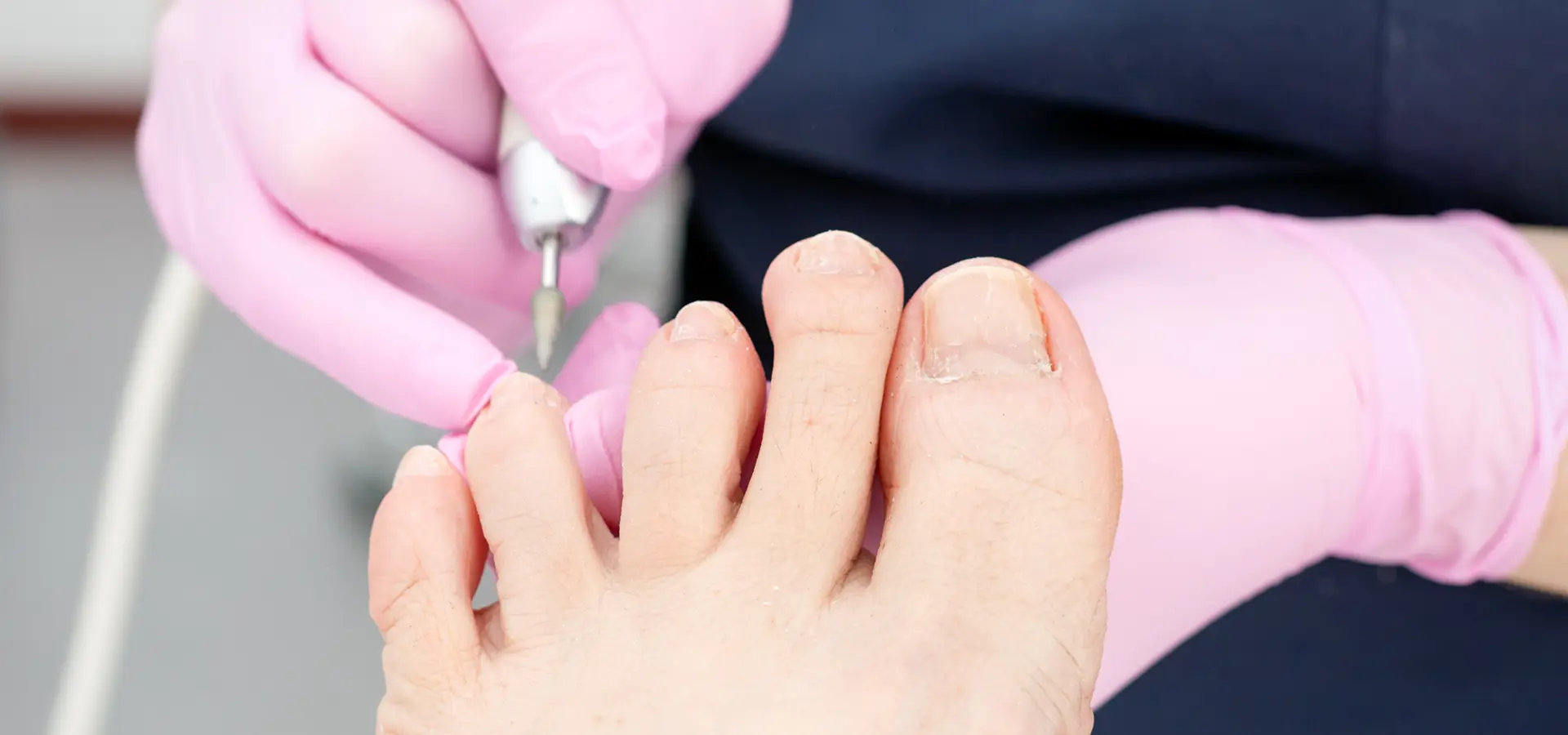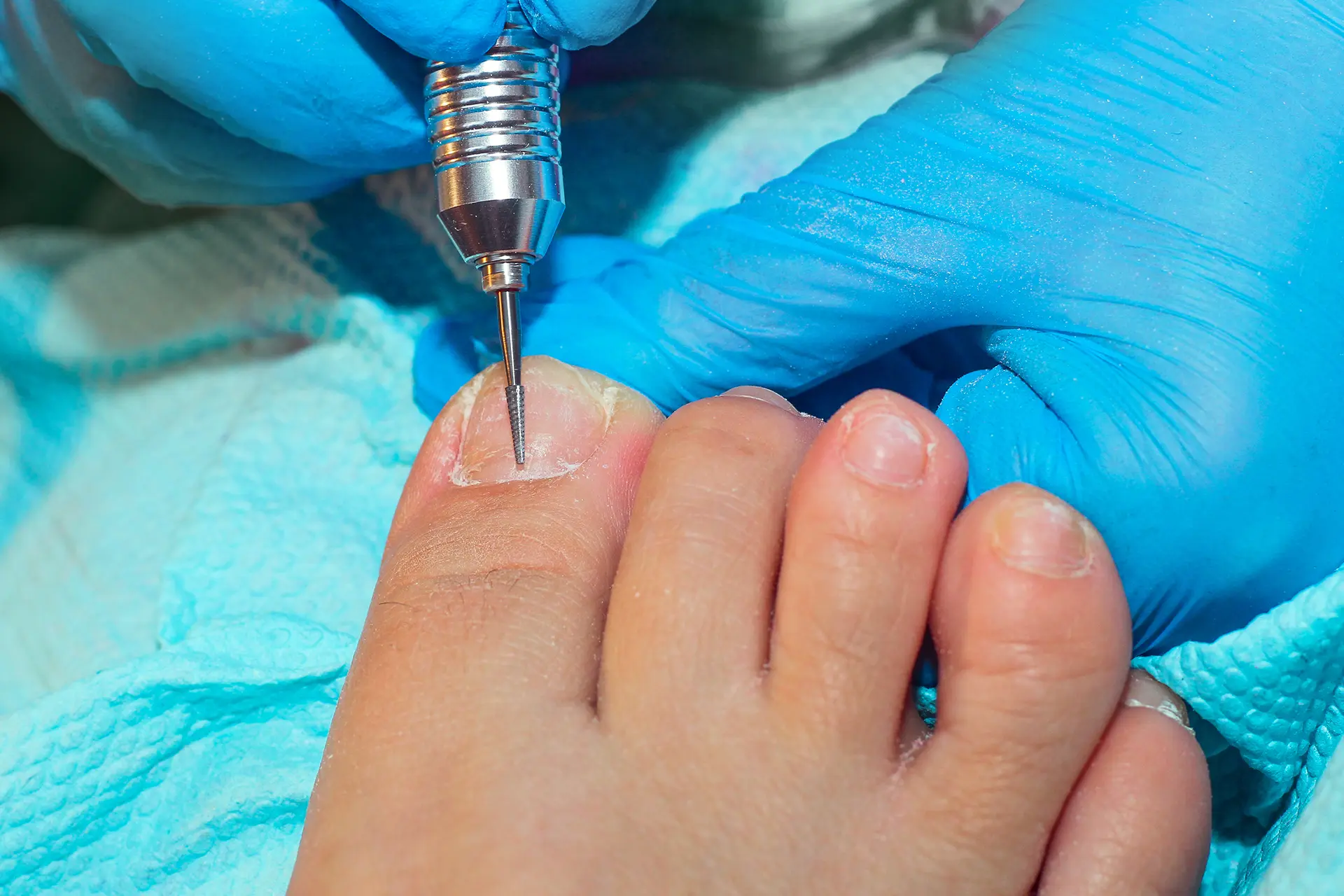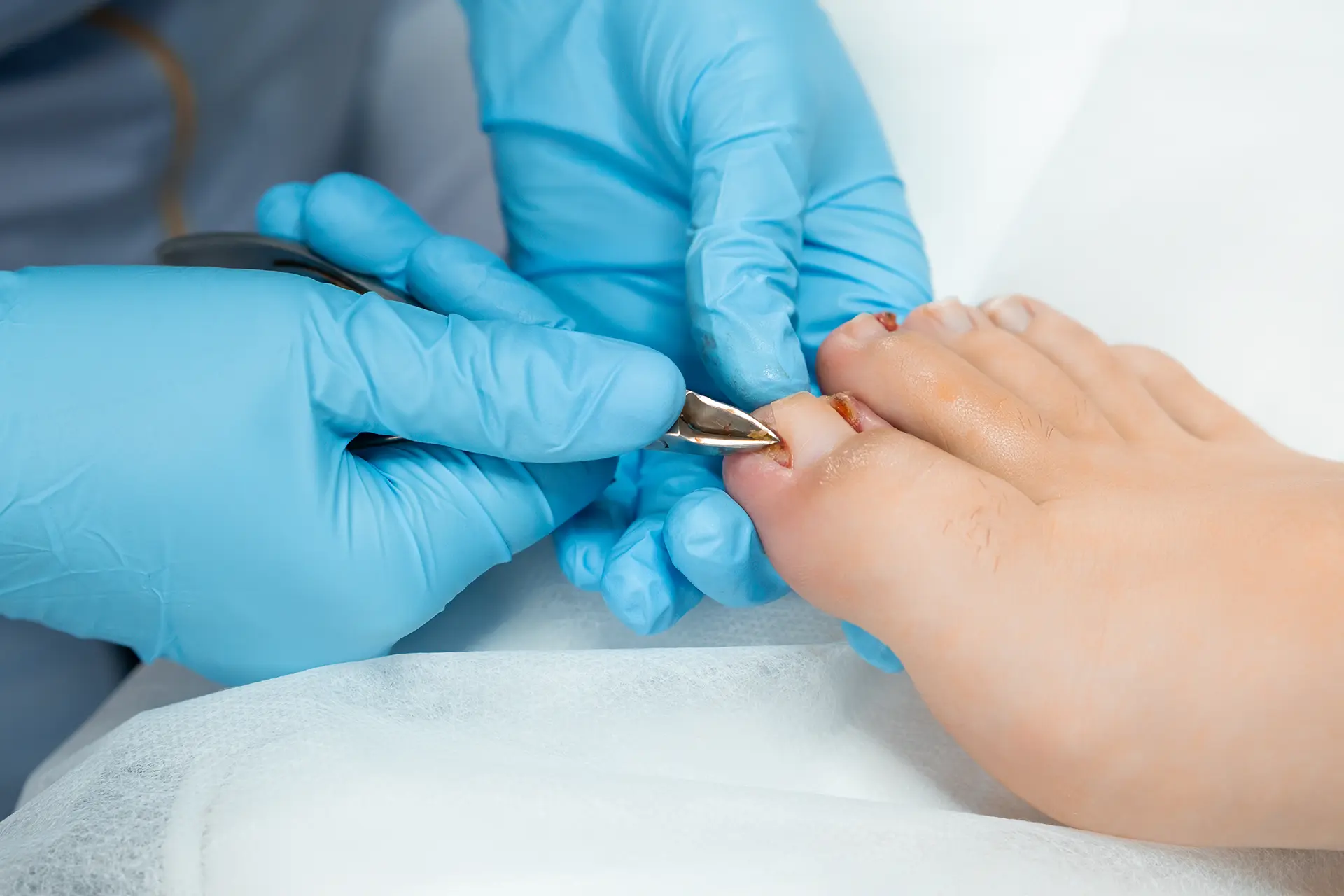Nail Surgery: Exploring the Benefits, Risks, and Costs of a Podiatric Procedure
Introduction:
When it comes to our overall health and wellness, we often overlook the importance of our feet. However, foot problems can significantly impact our daily lives, causing pain and discomfort. One common issue that individuals face is nail abnormalities, which can lead to various complications. In such cases, nail surgery, performed by a skilled podiatrist, may be recommended. In this article, we will delve into the reasons why a person should consider nail surgery, discuss its pros and cons, and explore the costs associated with this procedure.
I. Reasons for Nail Surgery:

Ingrown Toenails: Ingrown toenails occur when the edges of the nails grow into the surrounding skin, causing pain, swelling, and infection. Nail surgery can permanently remove the ingrown portion of the nail, providing relief and preventing future occurrences.
Fungal Nail Infections: Fungal infections can cause thickened, discolored, and brittle nails. Conservative treatments such as topical medications may be ineffective in severe cases. Nail surgery can help remove the infected nail, allowing for the application of antifungal solutions directly to the affected area.
Traumatic Nail Injuries: Accidents or injuries to the nails, such as a heavy object falling on them, can cause significant damage. Nail surgery can repair or remove damaged nails, promote healing, and prevent complications like infection.
II. Benefits of Nail Surgery:

Pain Relief: Nail surgery can alleviate the persistent pain and discomfort associated with ingrown toenails and other nail abnormalities. By addressing the root cause of the problem, the procedure provides long-term relief, enabling individuals to engage in their daily activities pain-free.
Improved Nail Health: Nail surgery can effectively treat fungal infections that have not responded to other treatments. By removing the infected nail, the procedure allows for the application of antifungal solutions directly to the nail bed, promoting healthy nail regrowth.
Prevention of Recurrence: Nail surgery can eliminate the source of recurring nail problems. By removing the ingrown or damaged nail, the procedure reduces the chances of future complications and infections, improving overall foot health.
III. Pros and Cons of Nail Surgery:

Pros:
- Effective treatment for chronic and severe nail conditions.
- Long-term relief from pain and discomfort.
- Improved nail appearance and health.
- Minimally invasive procedures with quick recovery times.
- Performed under local anesthesia, ensuring patient comfort during the procedure.
Cons:
- Potential for temporary post-operative discomfort or pain.
- Risks associated with any surgical procedure, such as infection or bleeding.
- Rare complications, such as regrowth of ingrown nails.
- Cost implications, including potential out-of-pocket expenses.
IV. Costs of Nail Surgery:

The costs associated with nail surgery can vary depending on several factors, including the complexity of the procedure, geographical location, and the podiatrist’s or surgeons experience. In general, the cost of nail surgery ranges from €400 to €550.00 per affected nail.
It’s important to note that insurance coverage for nail surgery may vary. Some insurance plans may cover the procedure when it is deemed medically necessary, such as for severe ingrown toenails or infections. However, elective procedures, such as cosmetic nail surgery, may not be covered. It is advisable to consult with your insurance provider to understand your coverage options.
Additionally, it is essential to consider potential additional costs, such as pre-operative consultations, post-operative medications, and follow-up appointments. With The Nail Surgery Clinic (The NSC) at FoocareClinic.ie, all of these costs are covered in the one payment.
Nail surgery can provide a viable solution for individuals suffering from chronic or severe nail conditions such as ingrown toenails or fungal infections. By addressing the underlying issues, this podiatric procedure offers long-term relief from pain and discomfort while promoting improved nail health. While it is important to weigh the pros and cons of nail surgery, the potential benefits and positive outcomes often outweigh the minimal risks associated with the procedure. However, it is crucial to consult with a qualified podiatrist who can assess your specific condition and recommend the most appropriate course of action.
FAQ
Q: When is it appropriate for a patient to have nail surgery as opposed to an Ingrown toenail cut. ?
A: When determining whether a patient should undergo nail surgery or have an ingrown toenail cut, several factors need to be considered. Here is an outline highlighting situations when nail surgery may be more appropriate:
Recurring Ingrown Toenails: If a patient experiences frequent or recurring ingrown toenails despite conservative treatments, such as regular nail trimming or soaking the feet in warm water, nail surgery may be considered. This is especially true if the ingrown toenail causes persistent pain, discomfort, and complications such as infection.
Severe or Chronic Ingrown Toenails: In cases where the ingrown toenail is severe or chronic, causing significant pain, swelling, or infection, nail surgery may be a more effective option. This is particularly true when conservative measures have failed to provide long-lasting relief or when the ingrown nail has led to complications such as an abscess or cellulitis.
Structural Abnormalities: If the ingrown toenail is a result of structural abnormalities in the nail or toe, such as a curved nail shape or excessive nail thickness, nail surgery may be recommended. Addressing these underlying structural issues through surgical intervention can help prevent future occurrences of ingrown toenails.
Fungal Infections: When an ingrown toenail is accompanied by a fungal infection that has not responded to topical treatments, nail surgery may be appropriate. In such cases, the surgical removal of the affected portion of the nail allows for the application of antifungal solutions directly to the nail bed, promoting better penetration and enhanced effectiveness.
Failed Conservative Treatments: If conservative treatments, such as lifting the nail, placing cotton under the edge of the nail, or using over-the-counter creams, have been attempted without success, nail surgery may be necessary. This is especially true if the patient’s condition continues to worsen or remains unresolved despite these efforts.
It’s important to note that the decision to opt for nail surgery or an ingrown toenail cut should be made by a qualified surgeon, doctor, podiatrist or foot specialist. They will consider the severity of the condition, the patient’s medical history, and the potential benefits and risks of each option before recommending the most appropriate course of treatment.
Q: Under what conditions is it appropriate to perform a full nail evulsion versus a partial nail evolution and outline any contraindications of both. ?
A: When considering whether to perform a full nail avulsion or a partial nail avulsion, several factors need to be taken into account. Here are the conditions that may warrant each procedure and the contraindications associated with them:
Full Nail Avulsion:
A full nail avulsion involves the complete removal of the affected nail, including the nail plate, nail bed, and nail matrix. It may be appropriate in the following situations:
Chronic or Severe Ingrown Toenails: Full nail avulsion is often considered when conservative treatments have repeatedly failed to alleviate the pain and discomfort caused by chronic or severe ingrown toenails. This procedure provides a more permanent solution by eliminating the entire nail and addressing any underlying structural abnormalities.
Recurring Infections or Complications: If the patient has experienced recurring infections or complications due to ingrown toenails, such as abscesses or chronic inflammation, a full nail avulsion may be recommended. Removing the entire nail can help prevent further complications and promote healing.
Contraindications of Full Nail Avulsion: While full nail avulsion can be an effective solution for certain conditions, it may not be appropriate in the following cases:
Poor Circulation or Peripheral Vascular Disease: Patients with compromised blood flow to the feet, such as those with peripheral vascular disease or diabetes-related vascular complications, may have impaired wound healing capabilities. Full nail avulsion may not be recommended in these cases due to the increased risk of poor healing and potential complications.
Unrealistic Patient Expectations: If the patient has unrealistic expectations regarding the outcome of the procedure or the recovery process, a full nail avulsion may not be appropriate. Clear communication between the patient and the podiatrist is crucial to manage expectations and ensure patient satisfaction.
Partial Nail Avulsion:
A partial nail avulsion involves the removal of only a portion of the nail, typically the ingrown or problematic edge. It may be appropriate in the following situations:
Mild to Moderate Ingrown Toenails: When the ingrown toenail is mild to moderate in severity, involving a small portion of the nail, a partial nail avulsion may be sufficient to provide relief and resolve the issue. This procedure involves removing the ingrown portion of the nail while preserving the rest of the nail plate.



